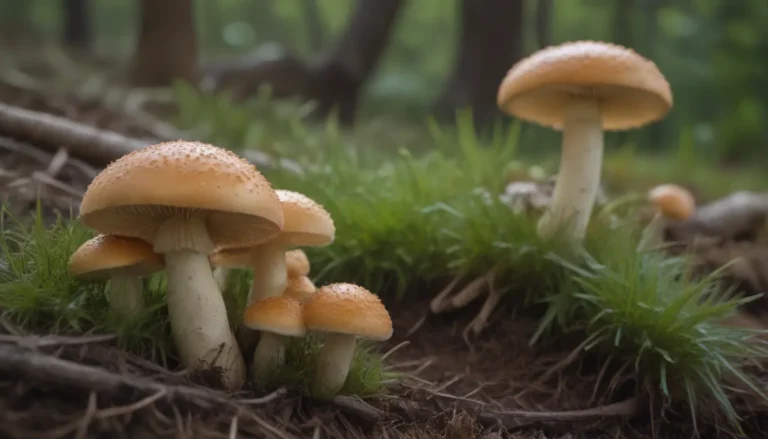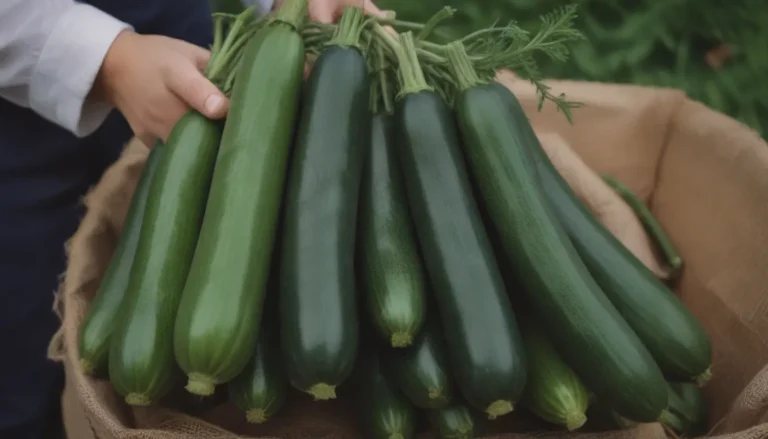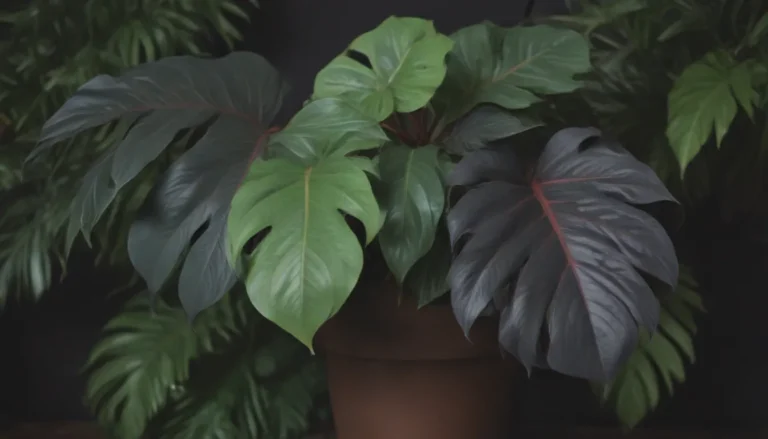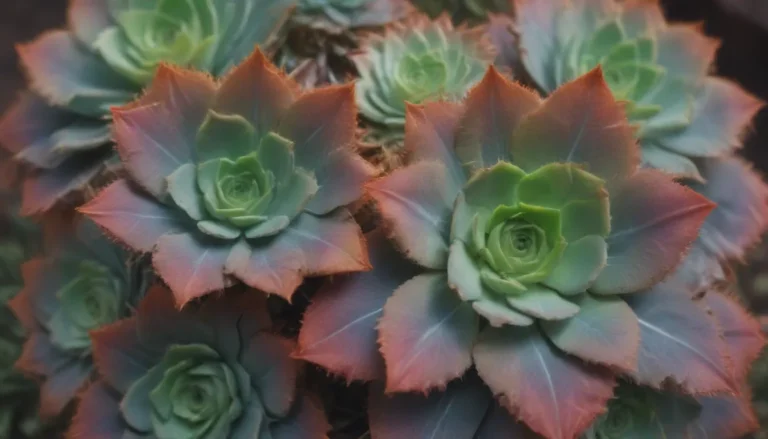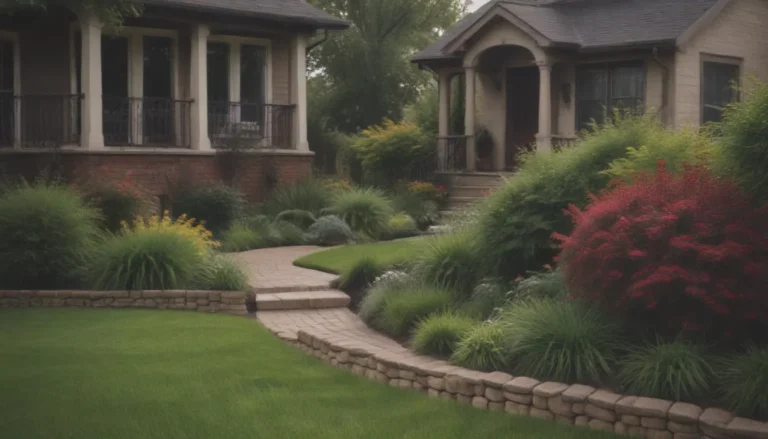Ultimate Guide to Growing and Caring for Red Button Ginger
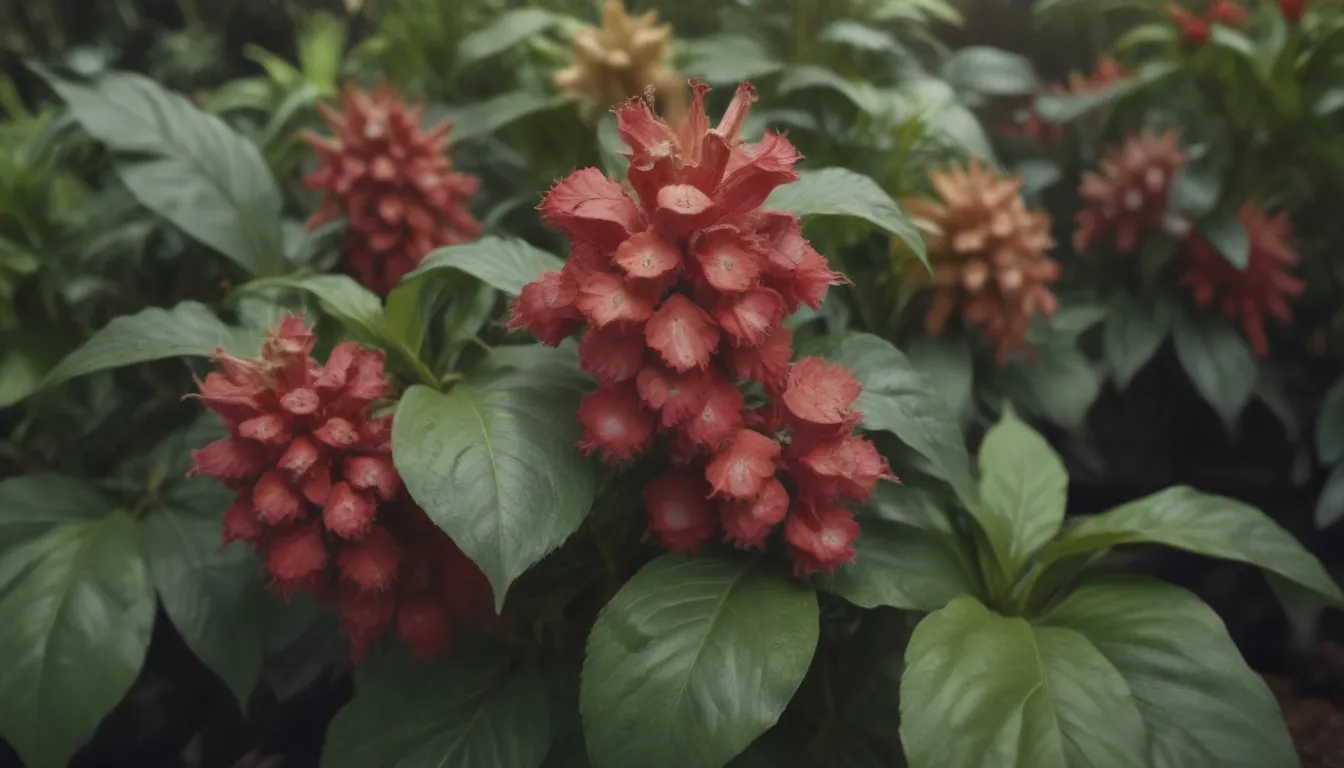
Are you looking to add a bold, vibrant touch to your garden? Red button ginger might just be the plant you’re searching for! With its glossy green foliage and eye-catching ruby red spiky cones that bloom into vibrant yellow-orange flowers, this plant is sure to wow anyone who sees it. But how do you grow and care for this stunning perennial? Don’t worry, we’ve got you covered with all the information you need to help your red button ginger thrive!
Getting to Know Red Button Ginger
Before we dive into the details of caring for red button ginger, let’s take a closer look at this plant. Red button ginger, also known as Costus woodsonii, is a flowering ginger native to Central America. It belongs to the Costaceae family, which includes 52 genera and over 1,300 species of flowering gingers. This plant is beloved by gardeners in the southern United States, as well as in Central and South America, for its easy care and year-round visual appeal.
Why Red Button Ginger is Special
One of the standout features of red button ginger is its vibrant red cones, which attract hummingbirds to your garden. This plant grows at a moderate rate and typically blooms in its second or third growing season. When fully mature, red button ginger can reach a height of three to four feet, making it a striking addition to any garden landscape.
Red Button Ginger Care Tips
Now that you’re familiar with the basics of red button ginger, let’s discuss how to care for this plant to ensure it thrives in your garden. Here are some essential care tips to help you grow healthy and beautiful red button ginger plants:
Light
Red button ginger prefers partial sun or partial shade, so make sure to plant it in a location that receives at least four hours of direct sunlight each day. However, be mindful of overexposure to direct sunlight, as this can lead to sunburn. Providing some afternoon shade can help protect your plant from excessive sun exposure.
Soil
Plant your red button ginger in moist, well-draining soil that is rich and moderately fertile. You can enhance the soil’s nutritional value by adding organic matter like compost. Red button ginger thrives in soil with a pH level that ranges from neutral to acidic, so be sure to choose a suitable growing medium for your plant.
Water
Red button ginger plants love water, so be sure to keep the soil consistently moist. Aim to water your plant at least once a week, providing it with at least one inch of water per watering session. In hot or dry weather, you may need to water more frequently to ensure your plant stays hydrated.
Temperature and Humidity
Red button ginger thrives in warm and humid conditions, as it is a tropical plant. To encourage continuous flowering, ensure temperatures remain above 50 degrees Fahrenheit throughout the year. While the plant can survive lower temperatures, it may not flower during chilly weather. Protect your plant from frost by providing mulch or bringing it indoors during cold spells.
Fertilizer
While red button ginger can survive without fertilizer in enriched soil, you can give it an extra boost by feeding it a balanced, liquid fertilizer blend once a month. This will help promote healthy growth and vibrant blooms in your plant.
Types of Red Button Ginger
Red button ginger comes in different varieties, each with its unique characteristics. Here are some common types of red button ginger to consider for your garden:
- Costus woodsonii ‘Dwarf French Kiss’: A smaller variety of red button ginger with compact growth.
- Costus comosus var. bakeri or Red Tower Ginger: Known for its tall, striking red cones and showy flowers.
- Costus speciosus or Crepe Ginger: Features elegant, crepe-like flowers in vibrant colors.
By choosing the right type of red button ginger for your garden, you can add variety and visual interest to your outdoor space.
Pruning and Propagating Red Button Ginger
Regular pruning is essential to keep your red button ginger plant healthy and prevent overgrowth. Here’s how you can maintain your plant through pruning:
- Pruning: Remove dead or damaged foliage, faded flowers, and trim back any drooping stems to maintain the plant’s shape and size.
- Propagating: You can propagate red button ginger through division, stem cuttings, or by separating offshoots from the parent plant. Spring is an ideal time for propagation, but you can propagate at any time if conditions are suitable.
Growing Red Button Ginger From Seed
If you’re interested in growing red button ginger from seed, you can expect a longer wait time before your plant starts flowering. Seeds are a less common method of propagation, with stem cuttings and division being quicker alternatives. However, growing from seed can be a rewarding experience for gardeners looking to expand their plant collection.
Potting and Overwintering Red Button Ginger
Whether you choose to grow your red button ginger in containers or in the ground, proper care is essential for its long-term health. Here are some tips for potting and overwintering your red button ginger plants:
- Potting: Group multiple plants together in large containers with excellent drainage and repot annually to promote healthy growth.
- Overwintering: Red button ginger is cold tolerant but benefits from mulch protection during frosty weather. Consider bringing your plant indoors during freezing temperatures to ensure it continues to thrive.
Common Pests and Problems
While red button ginger is generally resistant to disease, it can attract pests like aphids, scale, and mealybugs. Here’s how you can address common issues with your red button ginger plant:
- Pest Control: Use horticultural oils like neem oil or natural predators like ladybugs to manage insect infestations. Avoid overusing insecticides, as they may harm beneficial insects in your garden.
Encouraging Blooms in Red Button Ginger
If you’re looking to enhance flower production in your red button ginger plant, here are some tips to encourage more blooms:
- Temperature Maintenance: Ensure your plant is not exposed to temperatures below 50 degrees Fahrenheit to maintain flowering conditions.
- Fertilizer Selection: Choose a fertilizer higher in phosphorus to promote flower production in your red button ginger plant.
Final Thoughts
Red button ginger is a stunning plant that can add a touch of tropical beauty to any garden. By following these care tips and guidelines, you can successfully grow and nurture your red button ginger plant for years to come. With its vibrant foliage and striking flowers, this plant is sure to become a favorite in your outdoor space. Happy gardening!
